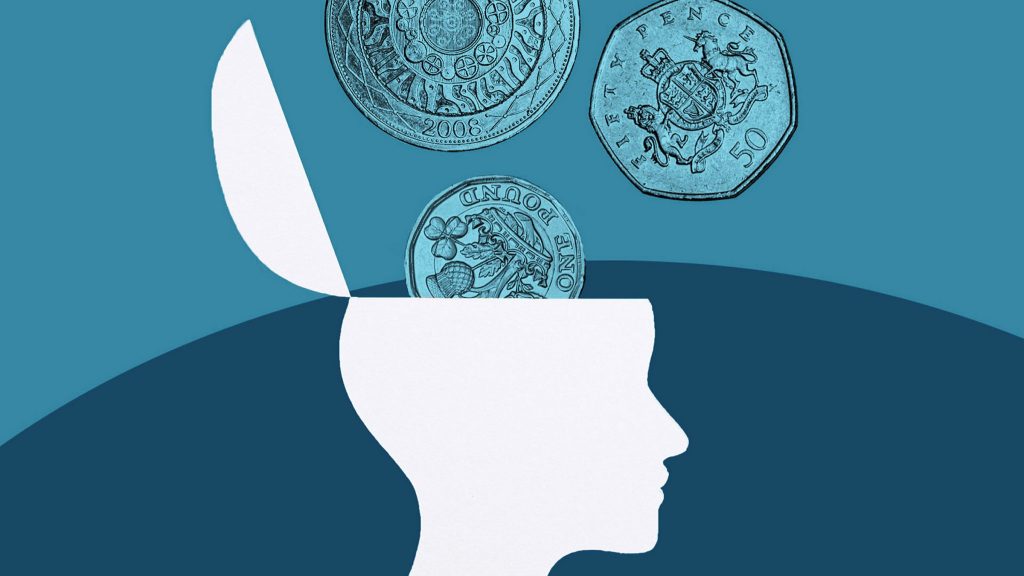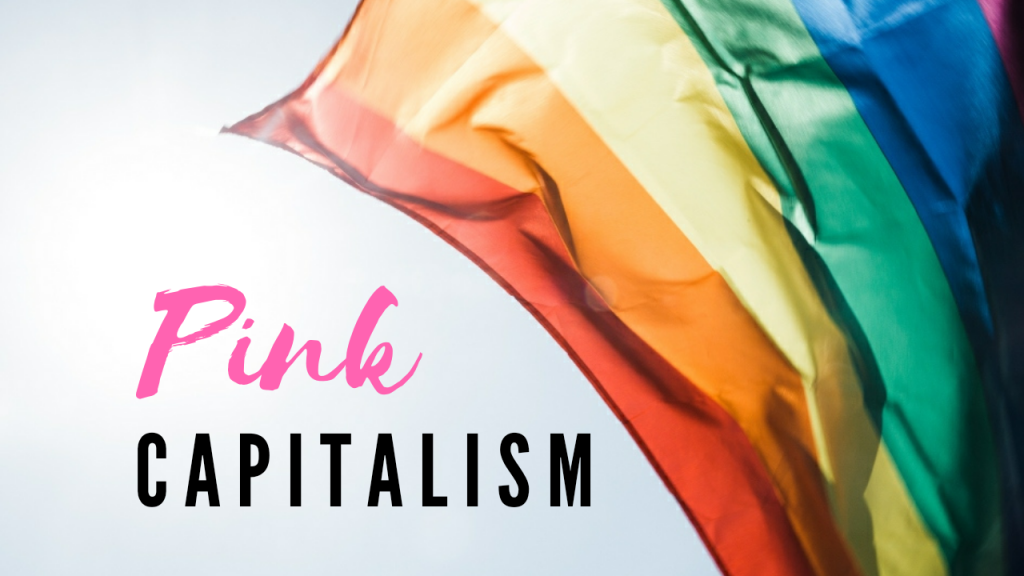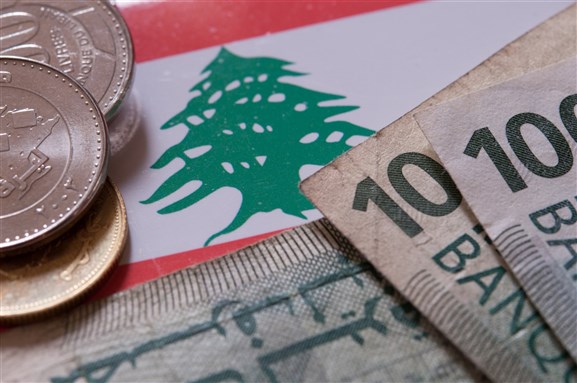Google’s Hardware Game
Google has always gone about creating hardware in three different ways: partnerships, acquisitions, and in house efforts. Furthermore, the line ups are really confusing, to say the least. Though it has never enjoyed success at either, it has always benefited from all in the grand scheme of things.











